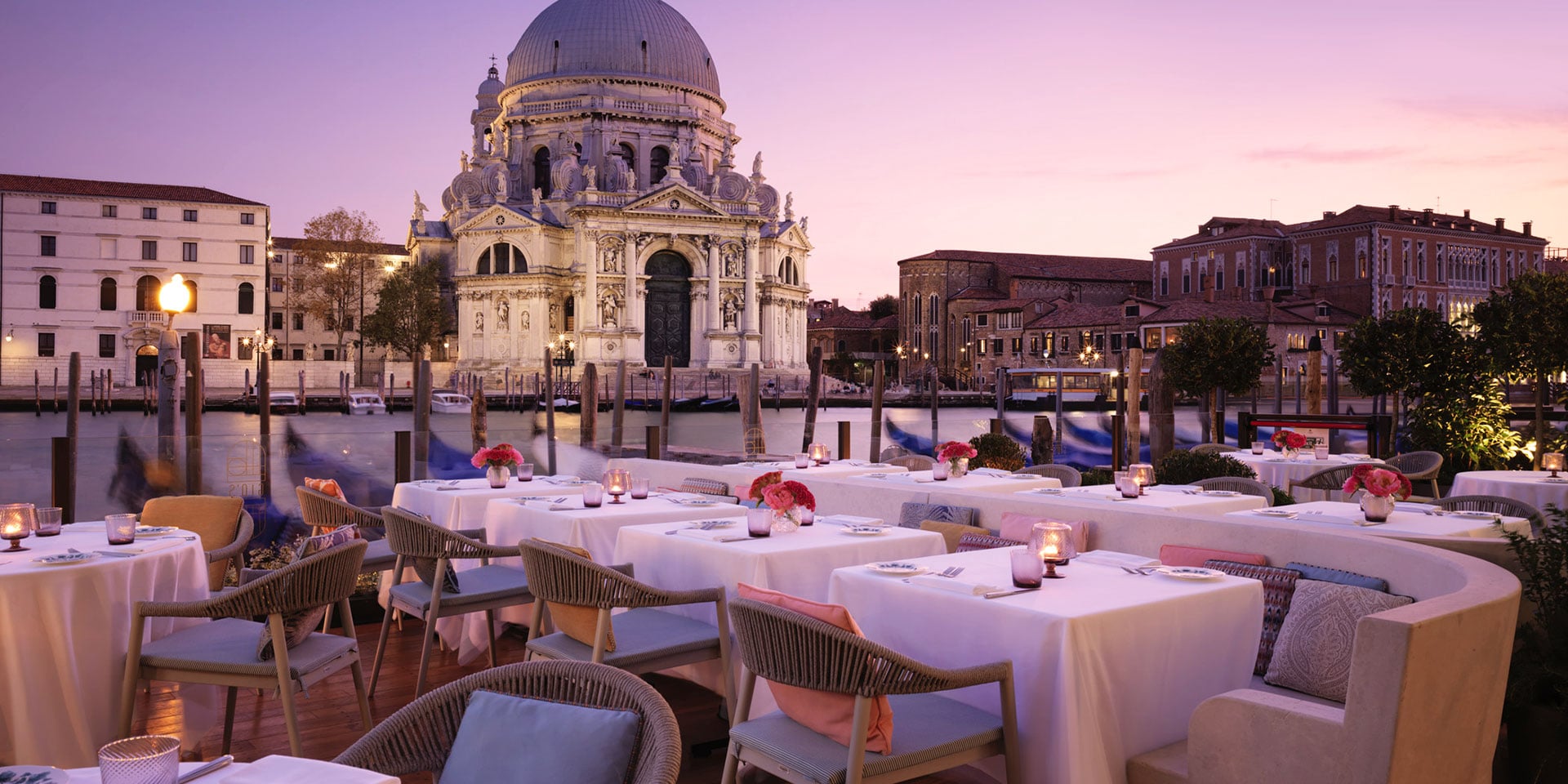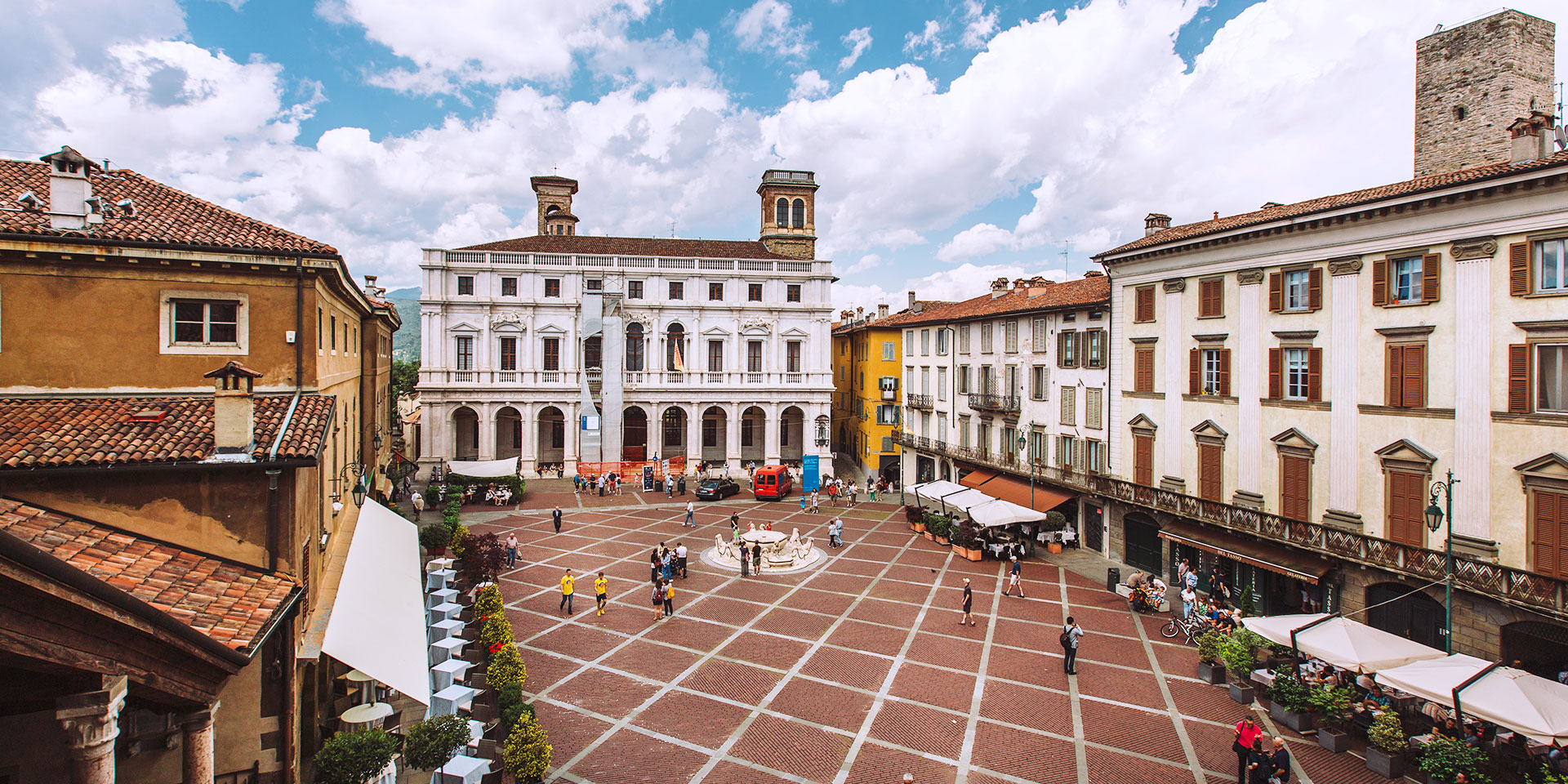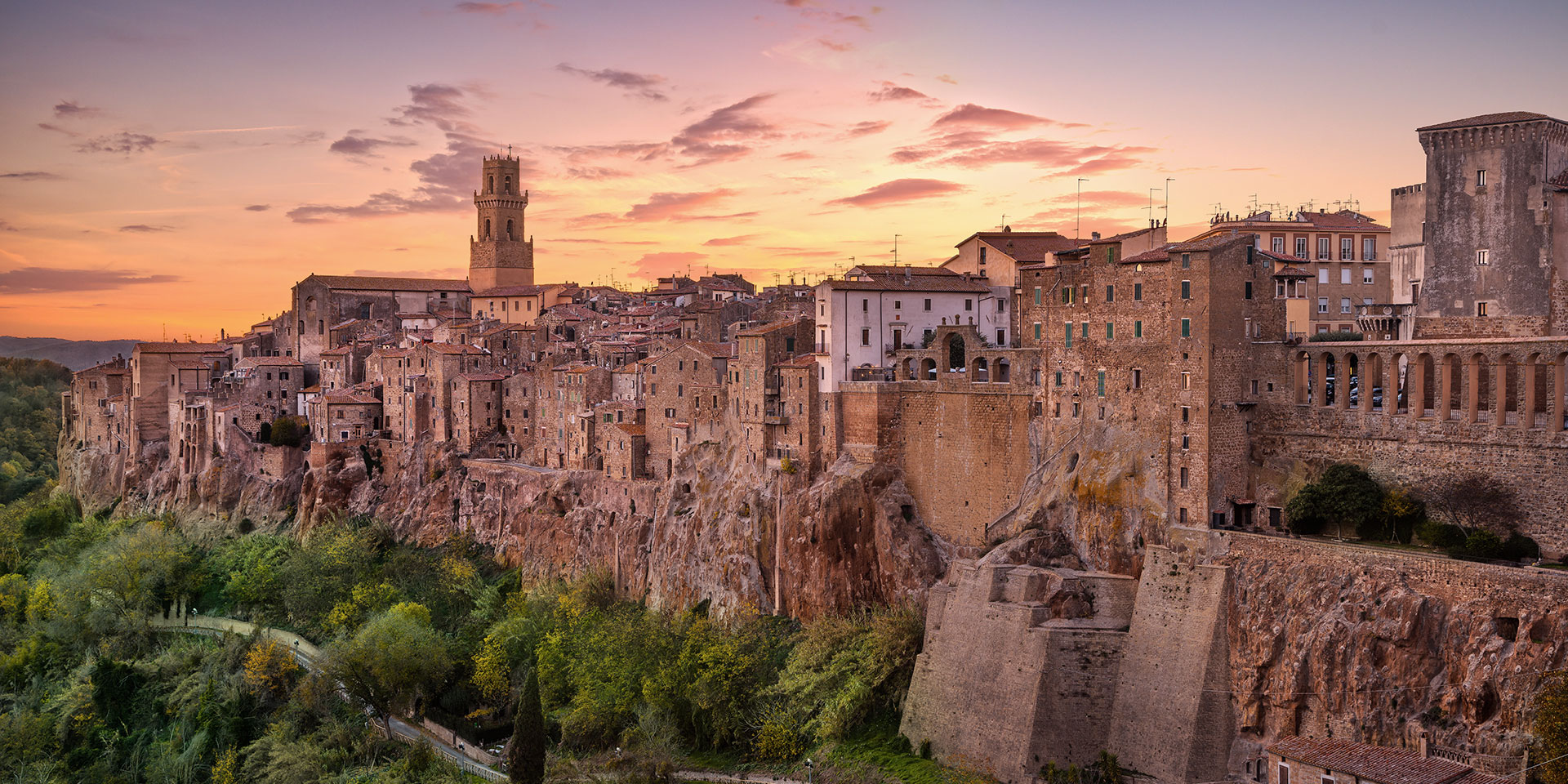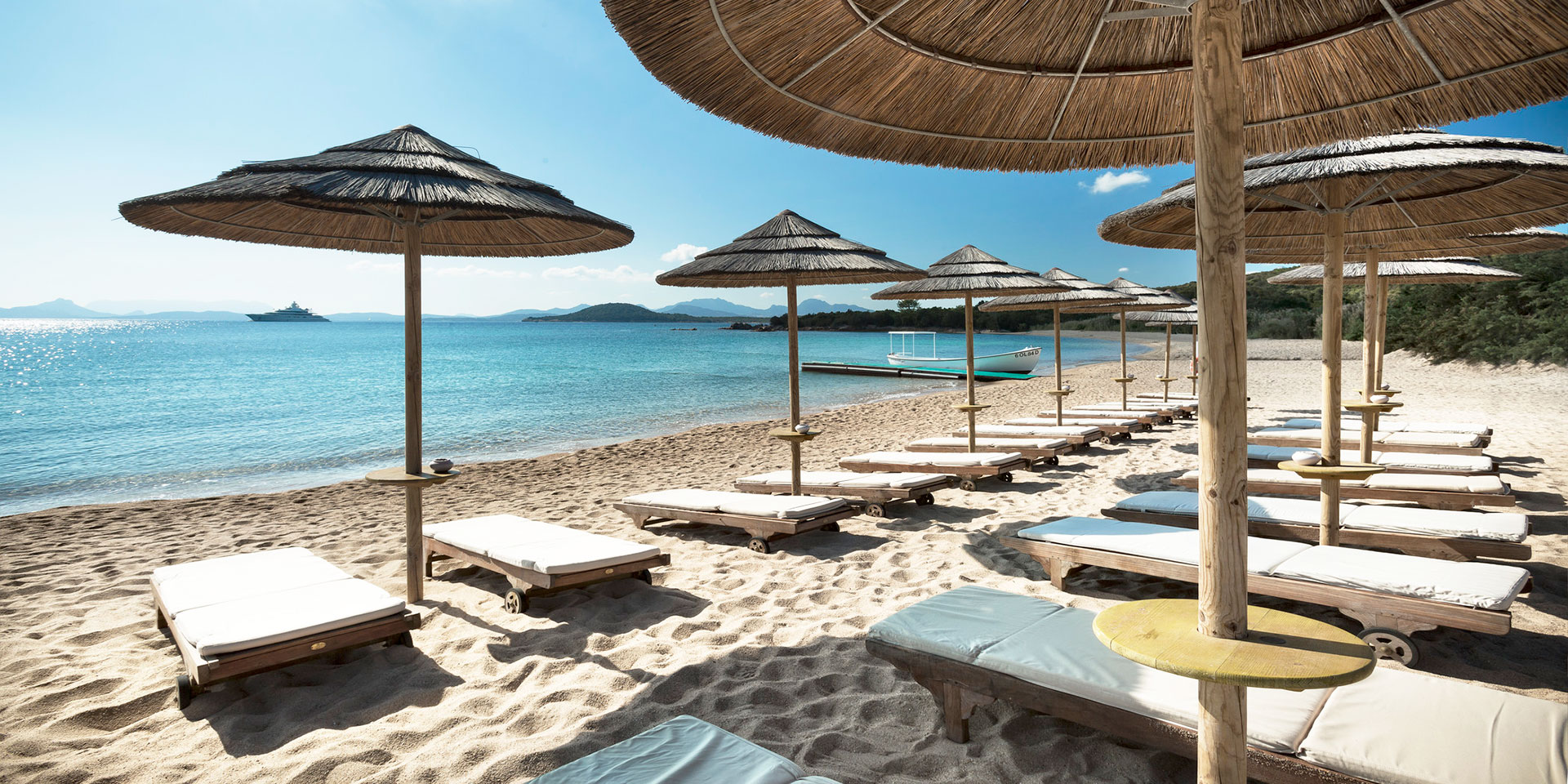With its ancient ruins, carefully preserved cathedrals, and rolling countryside, it’s no wonder Italy tops most travelers’ wish lists. Rome, Florence, Venice dominate the Italian Grand Tour thanks to their incredible cultural heritage, gorgeous landscapes and unique personalities. Still, there are plenty of undiscovered gems ripe for exploring.
featured stories

Indulgent Italy: Elevate Your Experience in Venice, Florence and Rome
Rome, Florence, Venice. For three centuries, these cities dominated the…

Are These 8 Towns the Most Underrated in Italy?
With its ancient ruins, carefully preserved cathedrals, and rolling countryside,…

These 3 Essential Day Trips from Florence Showcase Tuscany at Its Finest
Going to Florence, Italy without seeing the surrounding Tuscan countryside…
All Stories
did you know?
Italians love a good caffeine fix, and, even with a population of 60 million people, manage to consume a whopping 14 billion espressos each year.
QUICK GUIDE

WHEN TO GO
Summer is peak tourist season in Italy, and festivals and events abound, but beware: The major cities are hot, crowded and expensive this time of year. Additionally, many businesses and restaurants close during August, when Italians take their summer vacations. Time your visit for spring or fall when temperatures cool, crowds thin and prices dip.

NEED TO KNOW
Visas: Citizens of the U.S., Canada, U.K., Ireland, Australia, and New Zealand with a valid passport don’t need a visa if they stay less than 90 days and are not working there.
Money: Italian currency is the euro. ATMs are widely available and credit cards are accepted by most businesses.
Travel Health: Check with the Italian Ministry of Health for the latest health safety information, including travel protocols and requirements like negative COVID-19 tests, quarantines, mask mandates and more in connection with COVID-19. Before traveling, research and prepare for what to do if you get sick while away.

GETTING AROUND
Getting Here: Most international travelers arrive in Italy by plane, landing at Rome’s Fiumicino (Leonardo da Vinci) Airport (FCO), Milan’s Malpensa Airport (MXP) or Venice’s Marco Polo Airport (VCE).
Getting Around: Traveling around Italy by train (most trains are run by national operator, Trenitalia) is efficient and a pleasant way to see the countryside and small towns roll past. For faster transport, or to reach Sicily or Sardinia, Alitalia airline flies domestically. Renting a car to explore the countryside is a convenient option, though travelers from outside the EU should obtain an International Driving Permit (IDP).

LOCAL INTEL
Local Lingo: Learn a few Italian basics prior to your trip. Ciao: Hello/goodbye (informal). Buongiorno/Buonasera: Good morning/good evening. Per favore: Please. Grazie: Thank you. Prego or niente: You’re welcome. Mi scusi: Excuse me. Il conto, per favore: The check, please.
Must-Have Apps: Google Maps; Google Translate; WhatsApp; ProntoTreno
Insider Tips: To truly understand the oft-visited Tuscany region, you’ve got to travel beyond the capital of Florence and explore the countryside, including charming towns like Siena, Lucca and Montalcino.










